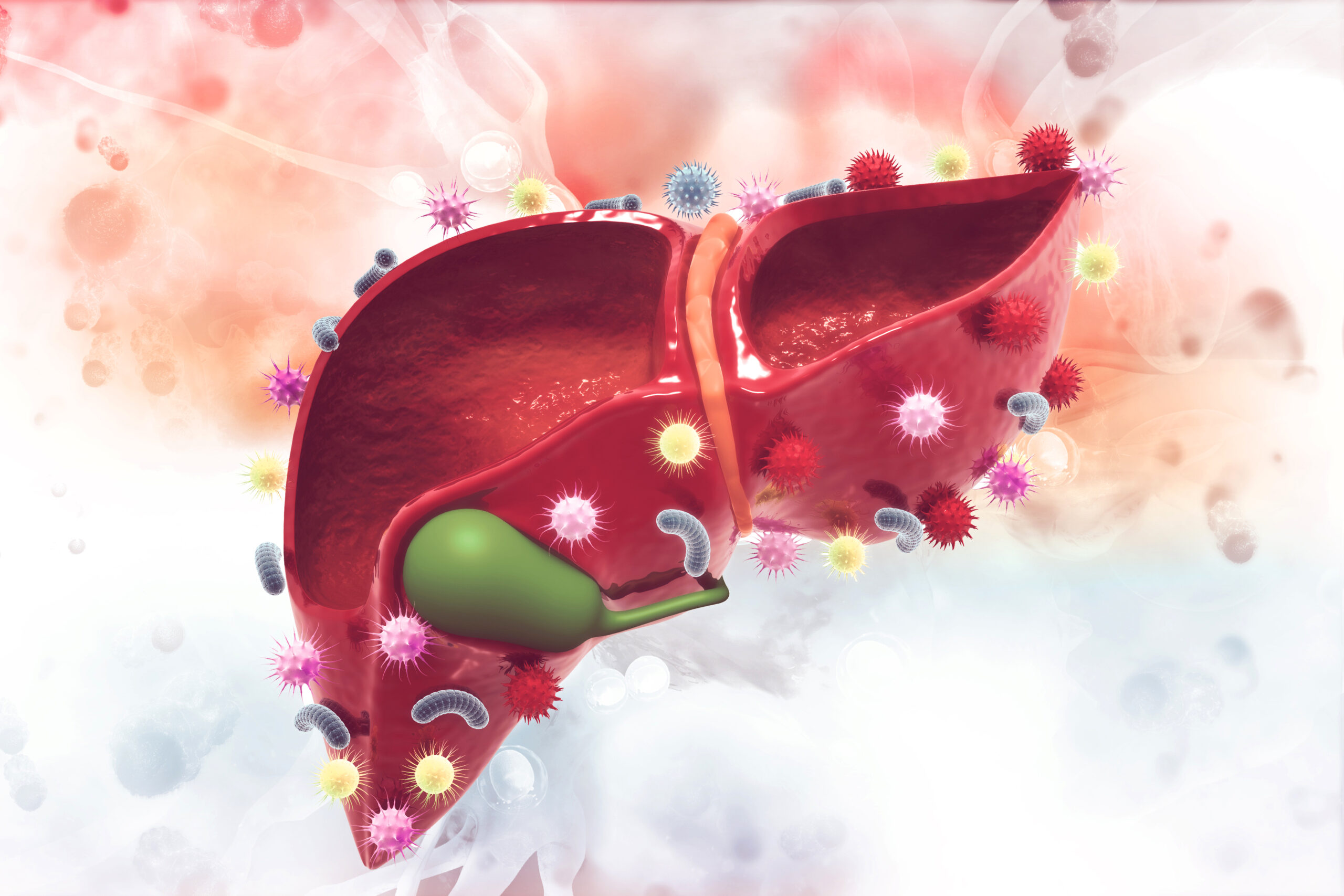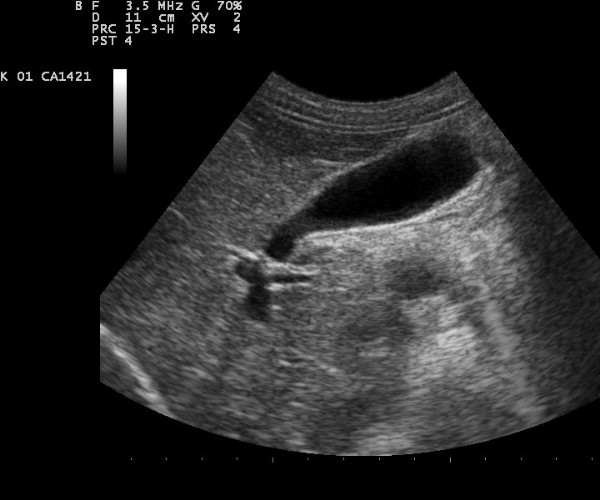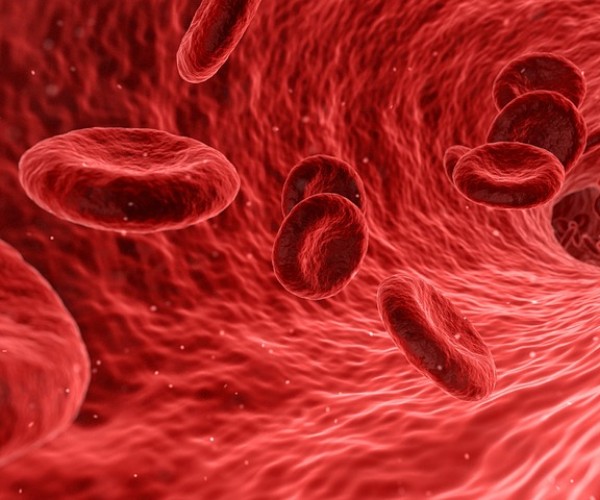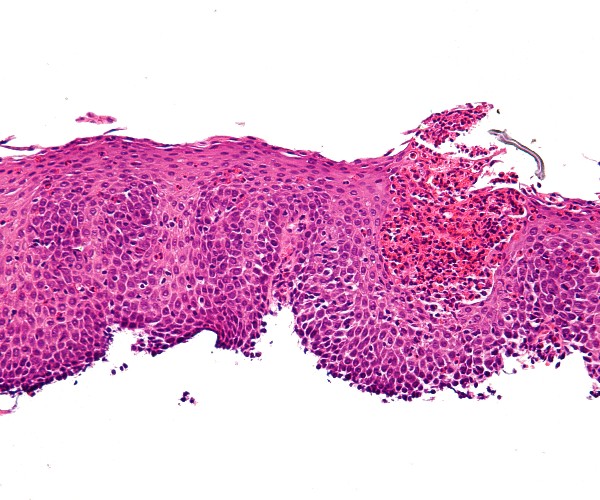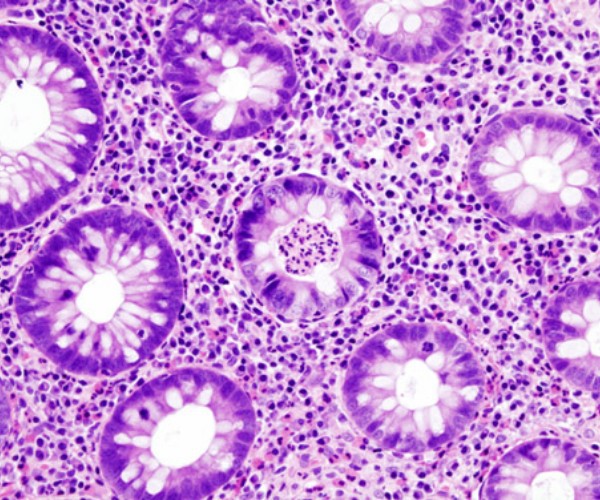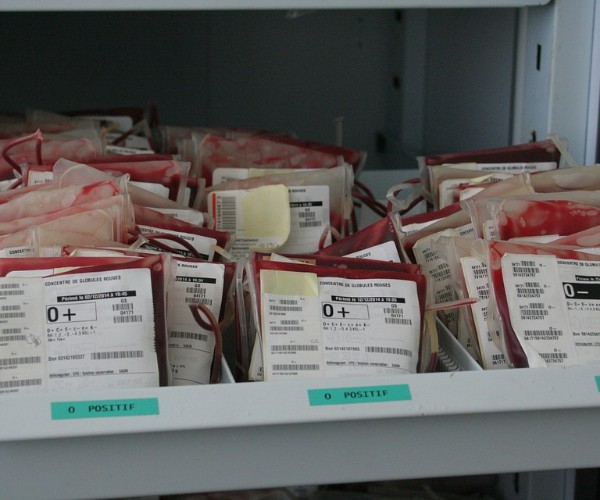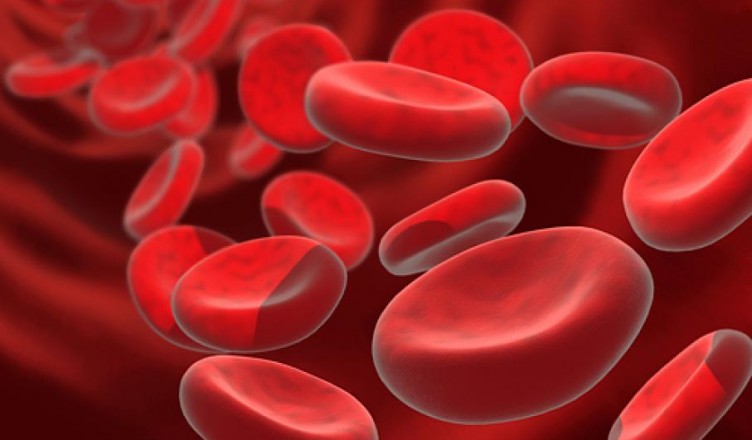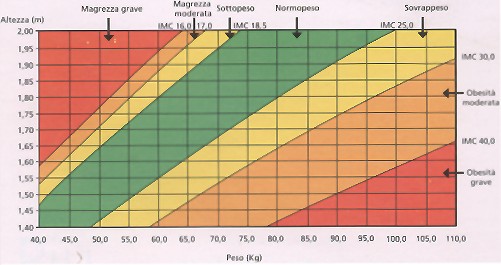Foreword:
In pediatric age, gastrointestinal disorders are almost the order of the day.
There are at least three reasons for not only their high frequency but also their ease of occurrence:
- First, because thedigestive system, similarly to the respiratory system, is a “direct mediator” of the relationship with the environment: consequently, it is always in close contact with the outside world and is constantly a potential target of microbial aggression.
- Secondly, because, especially in the early years of age, there is an instinctive reaction to “take everything to the mouth,” using it as an organ to explore any object: hence an additional likelihood of exposure to pathogens, as well as of their mutual exchange through objects, accessories and games.
- Finally, to limit ourselves to only the most relevant factors, it should be remembered that the immune system matures during the first 10 years of life, so it is sometimes unable to cope immediately and effectively with the entry of microorganisms of various kinds. If, however, that of barrier organ is, so to speak, an ancillary and obligatory role, the main function of the digestive system is absorptive. That is why infectious diseases are joined by those related to specific issues, such as enzyme deficiencies, malabsorption syndromes, and nutrition. There are two categories of gastrointestinal disorders: acute forms, such as gastroenteritis, and functional disorders.














